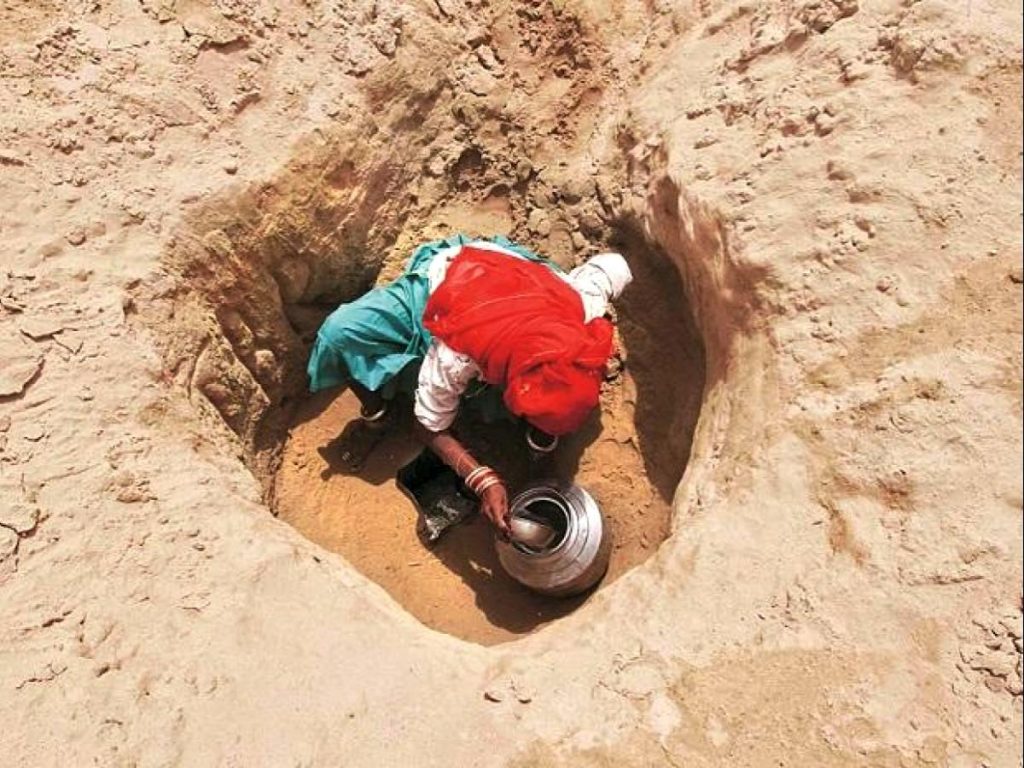

The discussion about the preservation of water has taken centre stage among corporates and the government alike. The urgency to act on water conservation has not been greater today than at any other time. Stress on our water resources has increased. Our global water usage has gone upwards by a factor of six in the past 100 years at a rate of about one per cent per year. Several factors are responsible for this surge in demand – increase in population, rapid economic development, and changes in consumption patterns are some of the key drivers in increased water usage over the years.
A study by the 2030 Water Resources Group (2009) stated that the world would face a 40 per cent global water deficit by 2030 if things continue to be as they are. Water-related risks are highly localised since the water distribution is uneven, with some areas receiving plenty of rainfall while others are susceptible to groundwater depletion and water-extreme events like droughts and hurricanes.
Globally, agriculture uses 70 per cent of the available water. Therefore, more efforts need to be expended to improve the agriculture processes. As the world grapples with water scarcity, India’s water shortages have widened, with urban and rural India reeling under severe water duress.
 The situation turns for the worse if the numbers are hyper-focused on India. India is home to 1.3 billion people with access to four per cent of the world’s freshwater resources. India is primarily an agricultural economy, and farmers consume about 90 per cent of the groundwater water available. Globally, agriculture uses 70 per cent of the available water. Therefore, more efforts need to be expended to improve the agriculture processes. As the world grapples with water scarcity, India’s water shortages have widened, with urban and rural India reeling under severe water duress.
The situation turns for the worse if the numbers are hyper-focused on India. India is home to 1.3 billion people with access to four per cent of the world’s freshwater resources. India is primarily an agricultural economy, and farmers consume about 90 per cent of the groundwater water available. Globally, agriculture uses 70 per cent of the available water. Therefore, more efforts need to be expended to improve the agriculture processes. As the world grapples with water scarcity, India’s water shortages have widened, with urban and rural India reeling under severe water duress.
The problem of water shortage is exacerbated by the lack of safe drinking water. According to UNICEF, 2.1 billion people still lack access to safely managed drinking water services, and water-related diseases remain endemic in many countries (WHO/UNICEF 2019). We are also acquainted with the fact that in 80 per cent of households without access to water on premises, women and girls are responsible for water collection. In India, around half of the people are grappling with high-to-extreme water stress, and about 200,000 people die every year simply because they do not have access to safe drinking water.
Industry cannot recant its responsibility towards water stewardship. It is paramount that industry assesses water risks and water stress factors and devise appropriate measures to ensure that it follows responsible water stewardship practices in areas where the companies operate. While managing factory operations, companies need to prioritise tasks and adopt targets to reduce water use or improve the quality of discharged water.
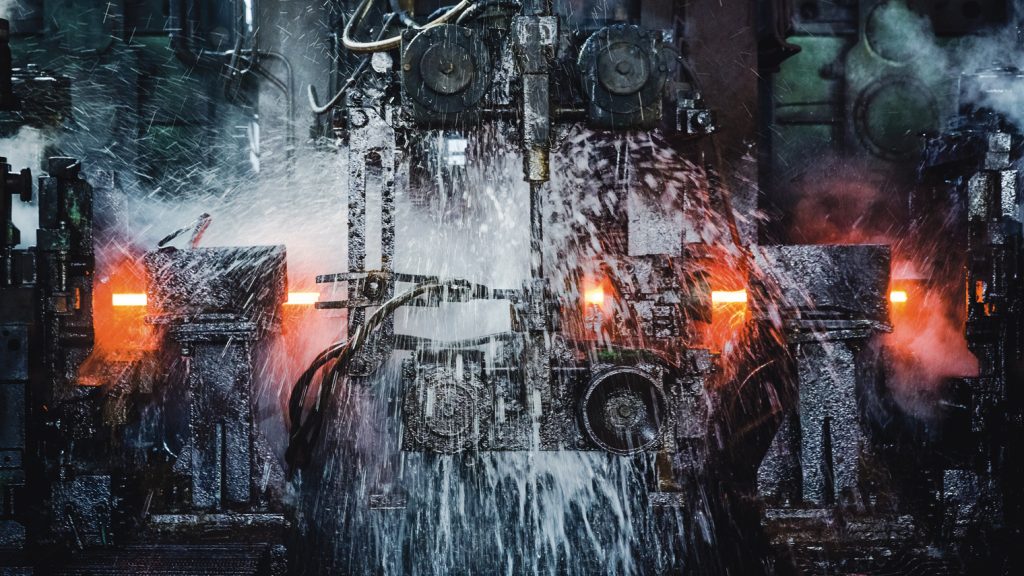 Water is a vital input for any industrial process. Therefore, access to a continuous supply of water is a must for any business to operate. Industry cannot recant its responsibility towards water stewardship. It is paramount that industry assesses water risks and water stress factors and devise appropriate measures to ensure that it follows responsible water stewardship practices in areas where the companies operate. While managing factory operations, companies need to prioritise tasks and adopt targets to reduce water use or improve the quality of discharged water.
Water is a vital input for any industrial process. Therefore, access to a continuous supply of water is a must for any business to operate. Industry cannot recant its responsibility towards water stewardship. It is paramount that industry assesses water risks and water stress factors and devise appropriate measures to ensure that it follows responsible water stewardship practices in areas where the companies operate. While managing factory operations, companies need to prioritise tasks and adopt targets to reduce water use or improve the quality of discharged water.
At Danone India, we are focused on reducing water usage intensity within our factory operations with the end aim of being a water-neutral factory. Globally, we are committed to implementing in all our production sites a holistic 4R Approach (Reduce, Reuse, Recycle & Reclaim). The proof of Danone India’s water stewardship commitment is that we have reduced our water usage intensity by 50 per cent from 2015 baseline levels. Our factory in India at Lalru has also committed significant investment towards water usage reduction as part of our water stewardship programme.
The commitment to conserve water goes beyond factory doors. Our factory in Lalru is in an over-exploited water zone as identified by Central Ground Water Board. Consistently depleting groundwater level presages water shortages in the coming future.
We are educating farmers on sustainable agriculture practices through five Farmers Field Schools. We created a rainwater harvesting potential of 47,000 CUM by rejuvenating six ponds through the Lalru Plant Watershed area. In addition, we are promoting sustainable agriculture practices among people encompassing 600 acres of agricultural land. We have also partnered with WWF to restore Kali Bein River and Kanjli Wetland in Punjab. This wetland is in a state of degradation due to several threats like overwater abstraction in the catchment area, intensive chemicals, pesticides and water usage in farming, land-use changes and encroachment, water pollution, weed infestation, lack of multi-stakeholder coordination, and absence of conservation strategy.
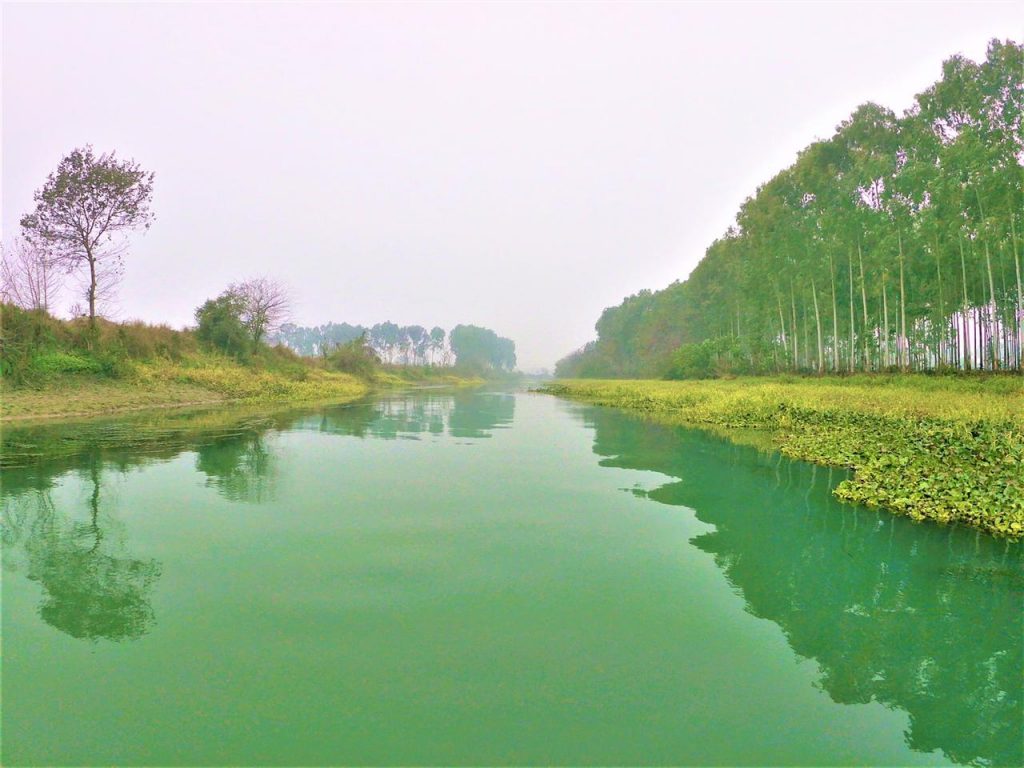
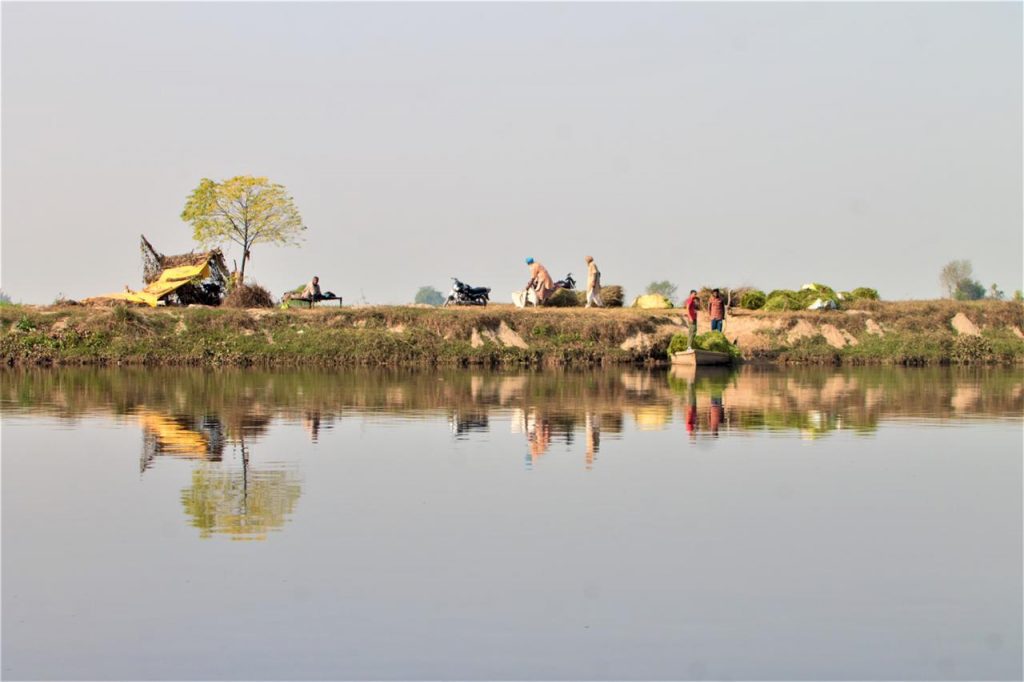

Managing water provides an excellent opening for businesses to forge competitive advantages while securing the license to operate and gains in reputation. By demonstrating sustainable behaviour, companies can attract millennials to choose their products whilst fostering relationships with the local communities.
The Road Ahead
We are acutely aware that businesses squarely need water, which they share with people, other businesses, and communities. Inaction can only push us towards the path to ruin. 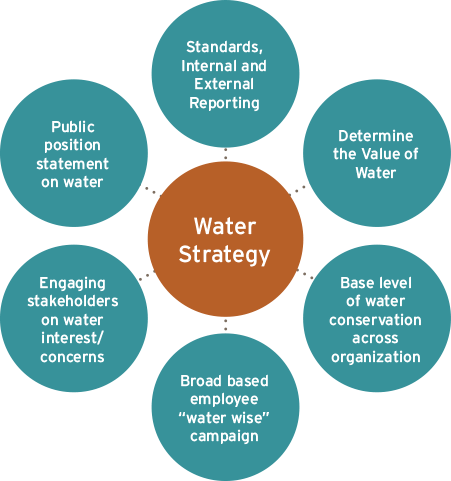 Companies should make water conservation a top boardroom priority. And it can start with comprehending and articulating the exposure to water risks in direct operations and across supply chains. Some companies may muse that they are not directly in the path of water-related business risks because they do not consume copious amounts of water in their operations. They do so indirectly by shopping water-intensive raw materials like agricultural commodities or energy sourced from fossil fuel power plants that need prodigious amounts of water for cooling. To significantly bring in changes in water consumption, we also need to investigate the supply chain.
Companies should make water conservation a top boardroom priority. And it can start with comprehending and articulating the exposure to water risks in direct operations and across supply chains. Some companies may muse that they are not directly in the path of water-related business risks because they do not consume copious amounts of water in their operations. They do so indirectly by shopping water-intensive raw materials like agricultural commodities or energy sourced from fossil fuel power plants that need prodigious amounts of water for cooling. To significantly bring in changes in water consumption, we also need to investigate the supply chain.
Managing water provides an excellent opening for businesses to forge competitive advantages while securing the license to operate and gains in reputation. By demonstrating sustainable behaviour, companies can attract millennials to choose their products whilst fostering relationships with the local communities. The rewards of being water positive far outweigh the investment it commands. It is high time that we take a wide-eye look into it.
T. Aswin is the Factory Director at Danone India.

